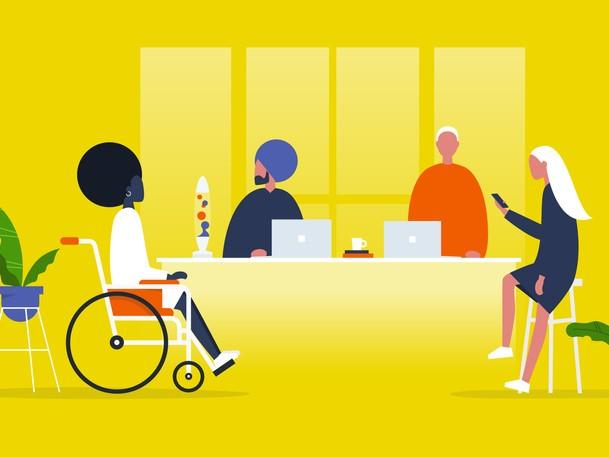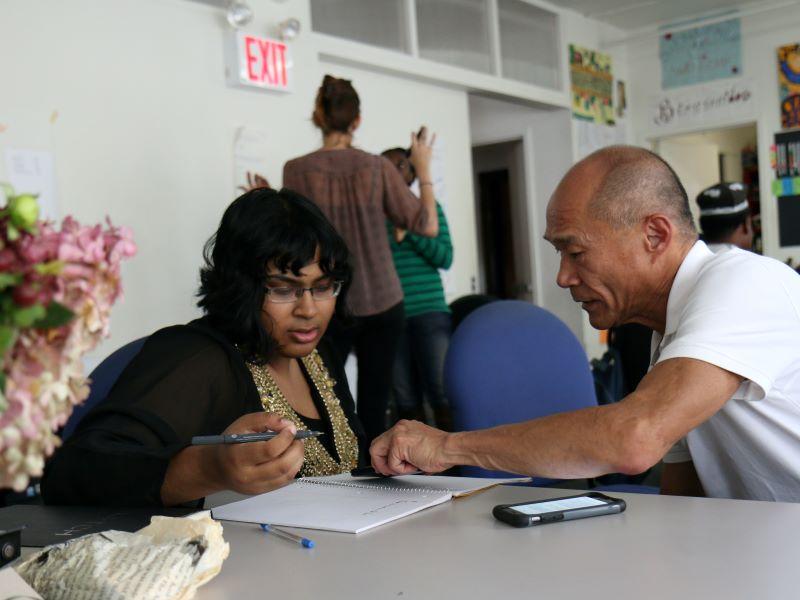The current generation of students will enter workplaces offering more adaptable, agile careers than ever before. So, shifting to a more individualised and flexible approach to education not only improves student performance but also better reflects the reality of life beyond university.
Students accustomed to tailored customer service from corporations like Amazon and Spotify are less likely to accept a one-size-fits-all approach to education. Could individualised learning, focusing on the expectations and needs of individual students and working professionals, provide a solution to these issues?
Students have more access to information than any previous generation thanks to digital communications. This same technology supports online classes, one-to-one teaching and flipped/blended learning models. Personalised learning can thrive in this technologically advanced setting.
Key considerations for designing personalised learning
When building curricula and learning materials, personalised learning means putting the needs of individual students first – enabling them to access materials and study at their own pace. The right tech tools can help students assess and monitor their progress, supporting self-directed learning.
Teaching must be consistent with established college- and career-readiness requirements, as well as the development of social and emotional skills that students require for future success. They should also have access to clear, transferrable learning objectives and assessments so that they understand what is expected ahead of time.
Institutions must gain instructor buy-in and ensure their teaching staff are consulted when developing personalised learning. Technology should only be used to enhance and support learning, not to keep up with technological trends. This means educators should keep target learning outcomes in mind at all stages of individualised learning development.
The teacher’s role in personalised learning is just as vital as in traditional modes of education, and technology should not be seen as supplanting it. Instead, technology should be leveraged to give teachers more data and time to focus on the pupils who require the most support and guidance.
Steps to delivering effective personalised education
Give students control over their learning rate. Personalised learning, unlike traditional classroom learning, allows students to control the rate at which they understand a subject. Using self-assessment tools to regularly evaluate their understanding, students can ensure they thoroughly understand each topic before moving forward. Students wishing to study faster don’t get bored waiting for classmates to catch up while those who take longer do not fall behind or lose motivation but learn at their own speed.
Use technology to assess student progress. Teachers should use learning platforms such as Knewton and Realizeit to track students’ progress against their goals in real time. This helps teachers identify and assist students who are struggling and even provide one-on-one support if necessary. Using continuous low-stakes assessments, rather than relying on midterms or finals, to measure students’ mastery of a topic ensures learning is reinforced and gaps in knowledge are quickly corrected. Students may feel more comfortable providing feedback to teachers via email or learning platforms rather than in a lecture hall or classroom setting. This makes it easier for introverted pupils or those who are struggling to communicate their concerns.
Learning material can be provided in a variety of formats to suit different students. Material should be delivered in different ways that are meaningful and relevant to varied student cohorts. Many students prefer to learn in small groups where they can discuss the themes, thus traditional presentations in huge lecture halls fails to hold their interest. While reading may be the most appealing alternative for some students, others may prefer to listen to the content. Personalised learning should allow students to choose the delivery methods that are most accessible and effective for them.
Encourage students to be actively engaged in what, how and when they learn. Traditionally, the teacher is the authority figure in the classroom, deciding what, how and when students learn. To take a more tailored approach, teachers should assist students in determining how they learn best and in setting their own learning goals and objectives. Students can make timetables to suit their needs, whether they are night owls or early risers, and study when it is most convenient. It should not be necessary to miss a class due to other commitments.
For those studying alongside jobs, course material can be modified to better represent the knowledge required in their professional life and feed into their continuing professional development. A tailored path to a professional skill set or qualification means students and employers can work together to achieve these goals.
A more accessible approach to education
Students with a wide range of requirements and backgrounds benefit from personalised instruction. Non-traditional students with limited time or challenging schedules can work in varied settings thanks to self-pacing. They can access study materials from home, on breaks at work, or on public transport thanks to smartphones and wifi. Adaptive technology can help students with disabilities get the most out of their study materials and communicate successfully with teachers and classmates.
While some educators may be hesitant to switch from a more traditional education model to a more individualised student-led model, these reservations may be quickly dispelled if improved student engagement and graduation rates follow.
Chitisha Gunnoo is a teacher in the department of digital technologies at the Middlesex University Mauritius.




comment